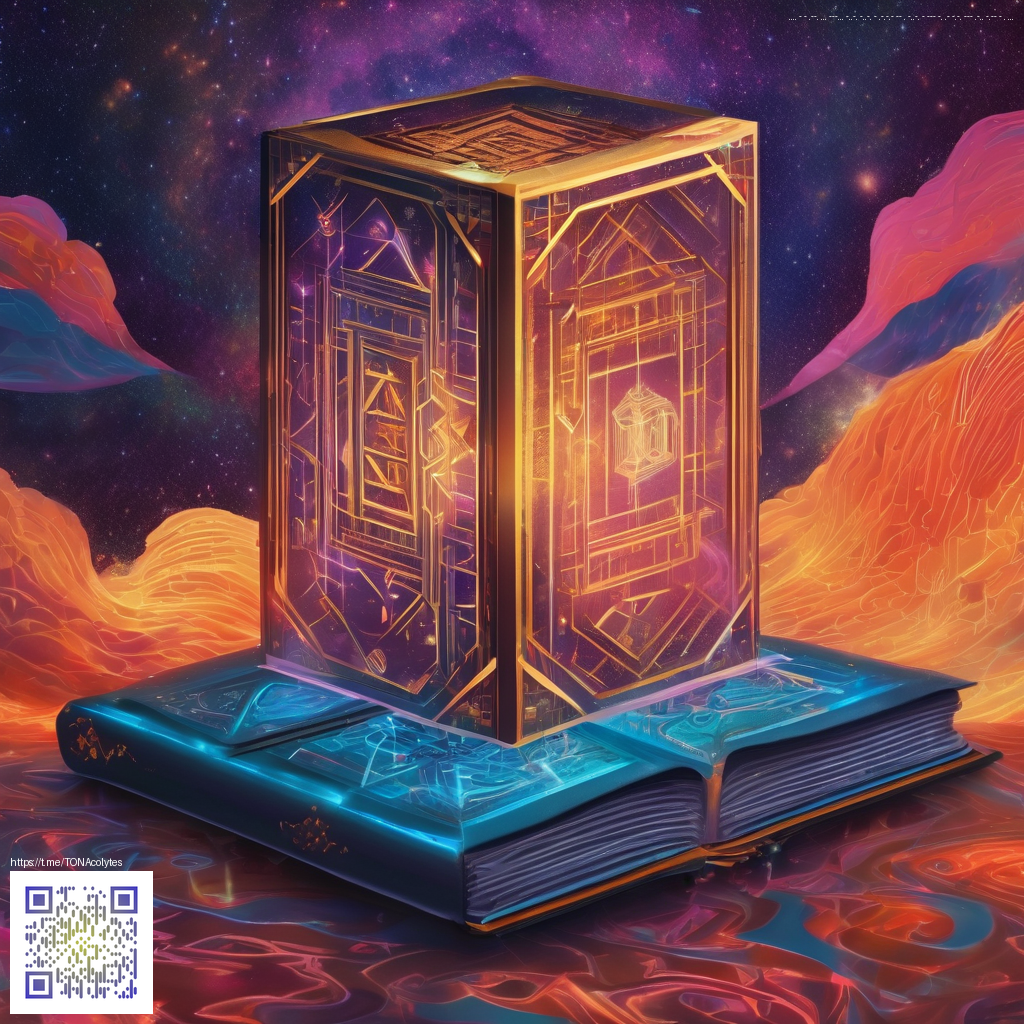
Must-Try Textures for Digital Paper Artists
Texture is the heartbeat of digital paper art. It adds warmth, depth, and a tactile presence that can mimic traditional media without sacrificing precision. As you assemble layers, soft grain can imply age, while crisp edges convey modern clarity. The best textures are not merely decorative; they’re narrative devices that guide the viewer’s eye and lend authenticity to your pieces. If you’re building a library of go-to textures, you’ve come to the right place to explore must-try options that work across brushes, papers, and digital canvases.
“Texture is less about what you see and more about what you feel when you touch the image in your mind.”
1) Classic paper grain
A subtle, uniform grain can anchor a composition and give digital pieces a credible paper-backed feel. Start with a medium grain to avoid overpowering your lines, then experiment with gentle variations in opacity to simulate aging or use for soft shadows beneath text. For a practical starting point, layer a barely-there paper texture over your base color to add presence without stealing the spotlight from your subject.
2) Watercolor wash and soft blends
Watercolor textures are among the most forgiving and expressive tools in a digital artist’s kit. They read as organic, irregular, and wonderfully unpredictable. Use translucent washes to push color into corners, then pair with a light paper grain to keep the glow intact. This combination works especially well when you’re working with illustrative subjects or delicate floral elements, where the watercolor aura can elevate the mood without obscuring lines.
3) Fabric and fiber textures
Canvas, linen, or mulberry paper textures bring a tactile backbone to your artwork. These surfaces catch light and create micro-variations that enhance realism. For digital pieces, try a layered approach: a base fabric texture with a soft vignette and a few grainy speckles. The result is a convincing blend of painterly charm and print-ready polish.
4) Noise and micro-grain
Noise is not your enemy—it's a friend when used thoughtfully. A light, controlled amount of grain across a scene helps unify disparate elements and reduces the flatness that can plague clean digital renders. Tweak the intensity by layer, then mask it on areas where you want sharper detail. The key is to keep the noise subtle enough to be felt more than seen.
5) Halftone and retro textures
Halftone patterns evoke vintage printing and lend an alluring retro vibe to modern compositions. Use them sparingly as a texture overlay or in the shadows to create a sense of depth and history. When paired with bright highlights, halftone can deliver a surprising pop that’s both nostalgic and fresh.
Combining these textures is where the real art happens. Build your layers with intent: begin with a base texture that supports your light source, add mid-tone textures for body, and finish with highlight textures to catch the eye. A practical workflow might involve alternating between soft overlays and crisp details, letting the texture do the storytelling while you maintain control over composition and color harmony.
For those who enjoy blending tactile cues with digital workflows, consider pairing textures with a physical workspace accessory. A tactilely rich surface, such as the Custom Neon Rectangular Mouse Pad 9.3x7.8 in, can influence how you approach layering and brush motion in your design software. The glow and shape of this pad can subtly affect your habit of sketching clean strokes, providing a bridge between digital precision and tactile play. For a broader look at related visuals, you can also explore ideas on this inspiration page.
When selecting textures, always consider how they interact with your color palette. Neutral textures tend to let vibrant hues shine, while bold textures can complicate color relationships if used too aggressively. A balanced approach—one or two textures layered thoughtfully—often yields the most compelling results.
Practical tips for a smoother texture journey
- Adjust opacity slowly: Small changes matter more than you’d think; aim for 5–15% increments to avoid overwhelming your artwork.
- Mask generously: Use masks to apply texture where you want it most, preserving clean edges and important focal points.
- Keep a texture diary: Note which textures complement specific subjects, so you can reuse effective combos in future projects.
- Test across devices: Your textures should read well on screens of various sizes; check both mobile and desktop renders during the polish stage.